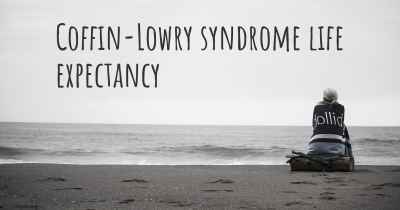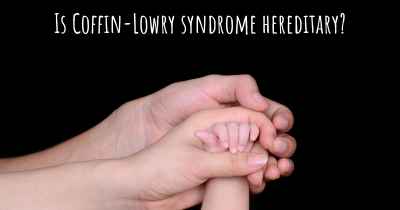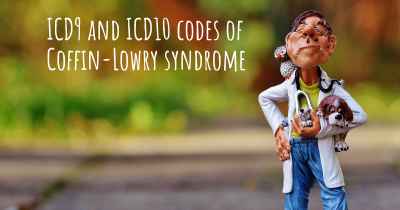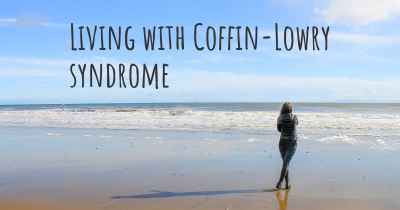What is the history of Coffin-Lowry syndrome?
When was Coffin-Lowry syndrome discovered? What is the story of this discovery? Was it coincidence or not?
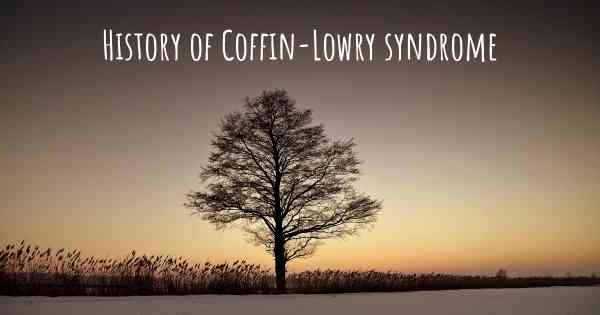
Coffin-Lowry syndrome (CLS) is a rare genetic disorder that affects multiple systems in the body. It was first described in 1966 by Dr. William Coffin and Dr. Robert Lowry, hence the name Coffin-Lowry syndrome. This syndrome primarily affects males, although females can also be affected, albeit with milder symptoms.
Cause: Coffin-Lowry syndrome is caused by mutations in the RPS6KA3 gene, located on the X chromosome. This gene provides instructions for making a protein called ribosomal protein S6 kinase alpha-3 (RSK2). Mutations in this gene lead to the production of a faulty or nonfunctional RSK2 protein, which disrupts normal cellular signaling pathways.
Symptoms: The symptoms of Coffin-Lowry syndrome can vary in severity, but they generally include:
- Facial features: Individuals with CLS often have distinctive facial characteristics, such as a prominent forehead, widely spaced and downward-slanting eyes, a wide nose, and a prominent jaw.
- Intellectual disability: Most individuals with CLS have some degree of intellectual disability, ranging from mild to severe. They may have delayed speech and language development, learning difficulties, and impaired cognitive abilities.
- Growth and skeletal abnormalities: CLS can cause growth retardation, resulting in short stature. Skeletal abnormalities, such as abnormal curvature of the spine (scoliosis) and abnormal positioning of the fingers and toes, are also common.
- Motor and coordination problems: Individuals with CLS often have poor muscle tone (hypotonia) and may experience difficulties with coordination and fine motor skills. They may have trouble walking and exhibit clumsiness.
- Seizures: Epileptic seizures are common in individuals with CLS, typically starting in childhood or adolescence. These seizures can vary in type and severity.
- Hearing and vision problems: Some individuals with CLS may have hearing loss or vision impairment, including crossed eyes (strabismus) or nearsightedness (myopia).
Diagnosis: The diagnosis of Coffin-Lowry syndrome is based on clinical features, physical examination, and genetic testing. Genetic testing can identify mutations in the RPS6KA3 gene, confirming the diagnosis.
Treatment: Currently, there is no cure for Coffin-Lowry syndrome. Treatment primarily focuses on managing the symptoms and providing supportive care. This may include:
- Early intervention and special education programs to address developmental delays and learning difficulties.
- Speech therapy to improve communication skills.
- Physical and occupational therapy to enhance motor skills and coordination.
- Medications to control seizures, if necessary.
- Regular monitoring of growth and skeletal abnormalities, with appropriate interventions as needed.
Prognosis: The prognosis for individuals with Coffin-Lowry syndrome varies depending on the severity of symptoms. With appropriate management and support, many individuals with CLS can lead fulfilling lives. However, the intellectual disability and physical challenges associated with the syndrome may require lifelong assistance and care.
Research and Future Directions: Ongoing research is focused on understanding the underlying mechanisms of Coffin-Lowry syndrome and developing potential therapies. Scientists are investigating the role of RSK2 protein in cellular signaling pathways and exploring potential targets for intervention. Additionally, genetic counseling and prenatal testing can help families understand the risk of passing on the syndrome to future generations.
